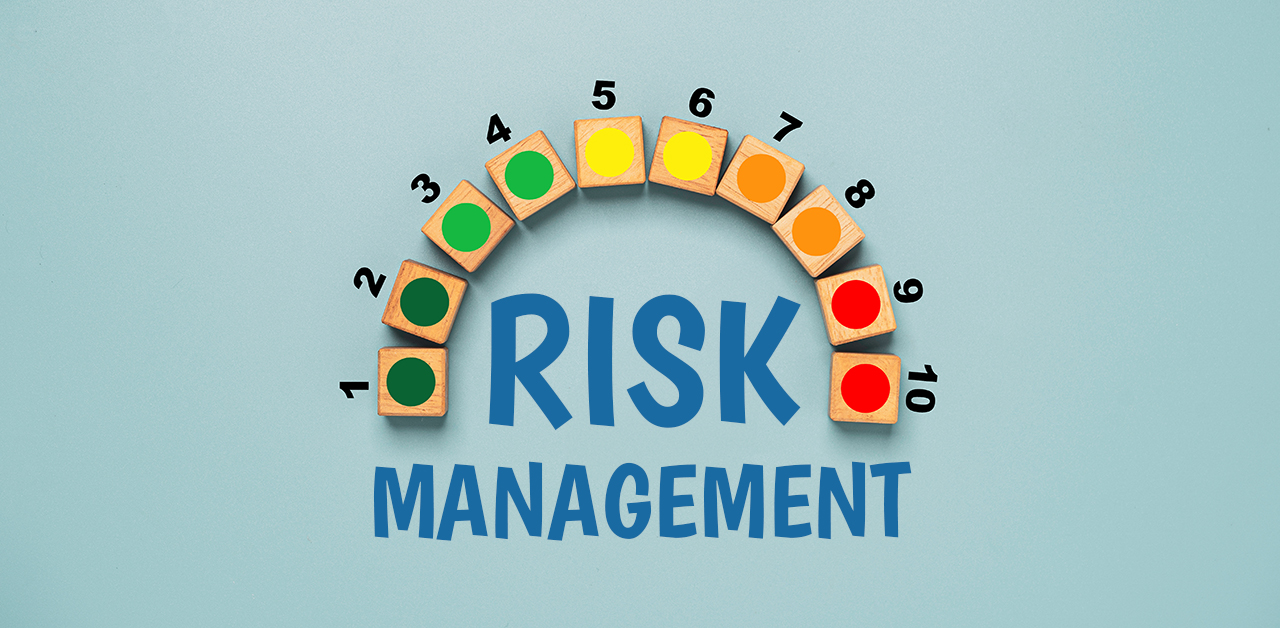Electronic waste has been a growing dilemma for decades as consumers dump unwanted electronics at increasing rates, and numbers are expected to increase significantly in the next five to ten years. Since the 1970s, there have been international concerns over how electronic waste should be managed, as well as how to protect people and the environment from the toxins generated by e-waste. Global e-cycling has since become a standard practice, although even the recycling process can be hazardous if precautions are not in place. In 1989, a worldwide treaty was established in Switzerland called the Basel Convention, which placed international regulations on the transport, manufacture, and end-of-life handling of electronic devices in order to promote safer global e-cycling. The convention implemented a much-needed system that helped many countries approach global e-cycling more conscientiously.
Asia’s Pollution Crisis
While the Basel Convention has had an impact around the world, there are still a large number of setbacks faced by developing countries who receive global e-cycling waste for processing. China is the world’s largest recipient of global e-cycling waste, followed by India, Pakistan, and several southeast Asian countries. There are few protocols in place to regulate how environmental and human exposure to hazardous materials is dealt with in these countries, as well as limited resources for handling the large amounts of waste that are imported. As a result, there have been some serious health and environmental ramifications. In the town of Guiyu, China’s biggest e-waste site, health problems are rampant, as the thousands of laborers trained to strip appliances, computers, circuit boards, and other waste for valuable parts wade through enormous piles of uncontained electronic garbage. Workers often use their bare hands when working with parts containing mercury or lead, employ hydrochloric acid, and incinerate circuitry and wires to retrieve metals, releasing toxins into the air, ground, and waterways. Citizens of Guiyu and surrounding areas are frequently found to have high levels of contaminants in their bodies, which damages the brain, internal organs and bones.Global e-Cycling Makes Progress in the Face of its Setbacks
Fortunately, there are also leaders in global e-cycling who have set some powerful precedents for the rest of the world to someday follow. Switzerland and Japan have some of the highest rates of success internationally in safely and effectively containing e-waste for recycling. North America has also made an impact, and while the U.S. is one of only three countries who have signed but not ratified the 1989 Basel Convention, there are a large number of certified, well-regulated, zero-landfill e-cycling companies who register as R2 Responsible or e-Stewards to ensure safe, sustainable electronics recycling is accessible to as many consumers and businesses as possible. Some of these e-cyclers positively contribute toward more sustainable global e-cycling as well, easing the burden from developing countries by also importing electronics from international clients.A Sustainable Future on the Horizon
Global e-cycling still has a long way to go before the major flaws can be contained and its impact can be felt by more people. As long as developing nations lack the resources of the rest of the world, the challenges will persist. However, there are some possible measures that could be enacted. For one, implementing another international set of regulations that addresses existing conditions could aid developing nations in their current crisis without depriving them of an important industry. Exports to developing nations could also be regulated, limiting them to more manageable numbers and requiring nations with better resources to handle more of the e-waste burden. Furthermore, developed countries with stronger e-cycling programs could someday help countries like China implement their own e-cycling programs. As the market grows in favor of national and global e-cycling, more countries are implementing effective programs and initiatives to encourage cutting down on electronic waste, which hopefully will someday cast a wider net to include all nations.

